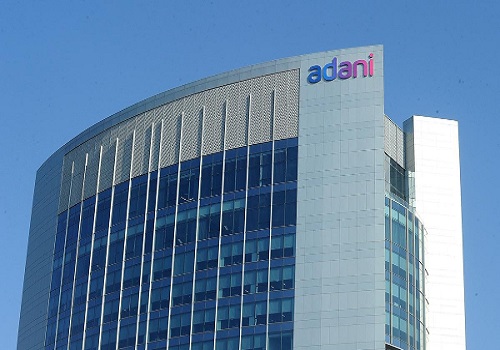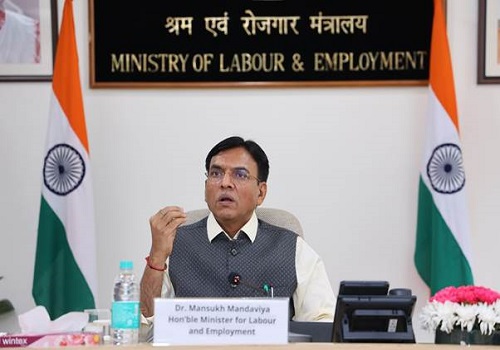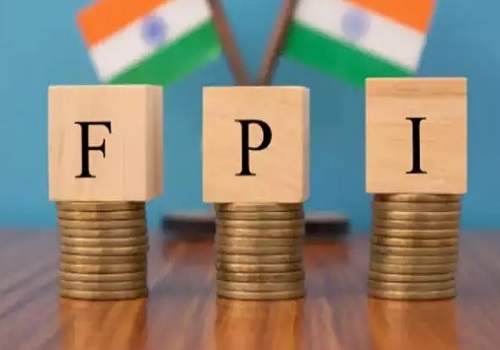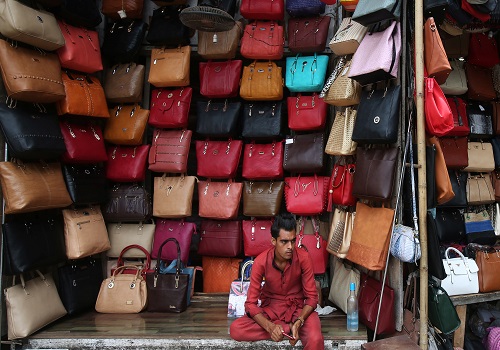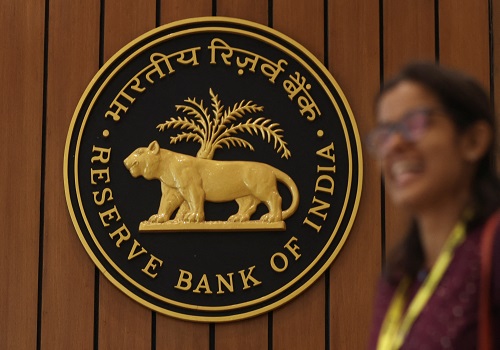India Strategy : Charting India in Perspectives By Yes Securities

Follow us Now on Telegram ! Get daily 10 - 12 important updates on Business, Finance and Investment. Join our Telegram Channel
In this chartbook, we look at India’s evolving macro variables to get a sense of how the economy is taking shape. We assess various high-frequency indicators spanning mobility, retail spending, agricultural output, monetary and fiscal conditions to assess the prevalent health of the aggregate demand.
* Urban Consumption remains stable, manifested by Retail spending, Air travel, and Auto Sales and Credit offtake. However, Rural consumption remains passive, when seen through the prism of weak FMCG volumes and two-wheeler Sales which are still below pre-pandemic levels.
* Electricity Consumption is making new peaks and that too during the monsoon season which is traditionally a lull period. Power demand during the monsoon period is higher than in the summer season. This is attributed to high humid weather conditions and a ramp-up in industrial activity ahead of the festival season.
* Freight and Cargo data suggests divergence in terms of stable domestic demand amid slowing weak external trade. Exports and Imports continue to contract on a y/y basis, though the pace of contraction is slowing. On a m/m basis, outbound shipments of Petroleum products, Capital Goods and electronics have picked up. Higher Non-Oil and Non-Gold imports denote resilience in domestic demand
* Real Estate Markets remain buoyant, with rising absorption of bigger houses, notwithstanding the higher interest rates
* Services activity spearheaded the economic growth in Q1 FY24 and frequency indicators suggest that the traction is sustaining. Manufacturing activity is also exhibiting strength ahead of the festive season
* The formal economy is creating jobs, depicted by the rising number of salaried employees and positive employment outlook. Rural employment is showing some improvement, which is quite a seasonal phenomenon during the monsoon given the pick-up in Agricultural activity
* Notwithstanding the occurrence of El Nino and uneven spatial distribution of rains, sowing of Kharif crops has been normal. Having said that, the sowing of crops like Pulses has been impacted, as Pulses growing regions have low irrigation levels. Water Reservoir level is well below the Seasonal trend and is an area of concern for the Rabi Crops. The government is adequately insulating the farmers from adverse weather and crop losses and is also looking at supply-side measures in terms of importing Pulses to contain price shocks
* Credit flow is strong towards Services and Consumers, while deposit growth still lags, resulting in tight Banking liquidity. This has prompted RBI to go slow on the withdrawal of liquidity.
* Notwithstanding cumulative rate hikes of 250bps, the longer end of the yield curve has been largely contained. The inclusion of India’s Bonds in Global Indices is also keeping the yields lower. However, yields have surged on the short end of the curve, resulting in a flat yield curve.
* The transient rise in prices of perishable commodities has not materially changed the inflation projections, persuading RBI to stick with a status quo on the policy rate. However, there is no visibility of an interest rate cut given the uncertainty over agricultural output and elevated interest rates in the US and Europe.
* Gross Tax revenue growth is underpinned by robust Income Tax collections, though growth in Corporate Taxes has slowed. Indirect Tax collections remain strong. Govt Expenditure remains under control, providing the Government comfort in its fiscal deficit target.
* FY24 Current Account deficit is estimated to narrow to 1.4% of GDP from 2.2% in FY23 amid slowing merchandise imports and stronger service exports. CAD for FY24 is seen at US$51bn when compared with US$67bn in FY23. Portfolio flows can turn the BoP balance into a positive of US$20bn
Above views are of the author and not of the website kindly read disclaimer


